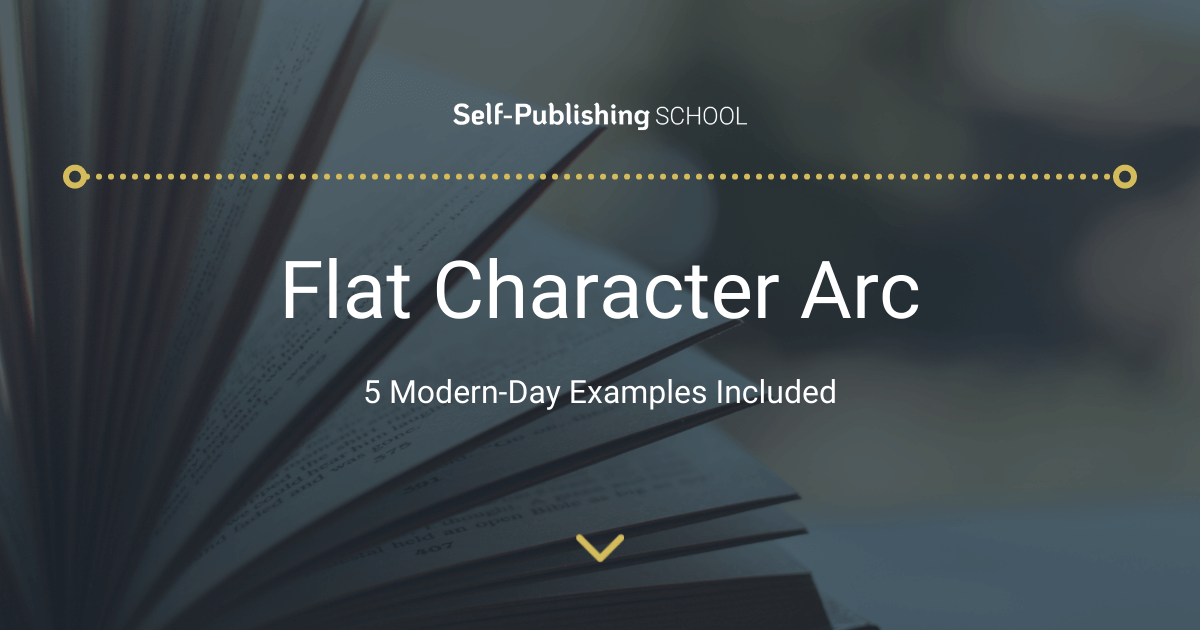The Cinematic Hero’s Journey: Crafting Compelling Character Arcs

The Cinematic Hero’s Journey: Crafting Compelling Character Arcs
The silver screen has always been a canvas for epic tales, but what truly elevates a film from good to unforgettable is the compelling arc of its protagonist. This isn’t simply about a character overcoming obstacles; it’s about a transformative journey that resonates deeply with audiences. Understanding the cinematic hero’s journey, its structure, and the subtle nuances of character development is key to crafting truly memorable cinematic experiences.
Beyond the Monomyth: Deconstructing the Hero’s Journey
Joseph Campbell’s “Hero with a Thousand Faces” introduced the monomyth, a foundational structure for many hero narratives. While incredibly influential, rigidly adhering to its twelve steps can feel formulaic. Modern cinema benefits from a more flexible approach, incorporating elements of the monomyth while embracing originality and complexity.
Instead of strict adherence, consider the journey as a spectrum of transformation. The hero’s arc isn’t always linear; it can be cyclical, fragmented, or even anti-heroic. The key is to create a believable and engaging trajectory, exploring internal conflicts alongside external challenges.
The Pillars of a Powerful Character Arc:
A truly impactful character arc rests on several crucial pillars:
1. A Compelling Internal Conflict:
This is the engine of the journey. What internal demons, insecurities, or moral dilemmas drive the protagonist? This internal conflict should be intrinsically linked to the external challenges they face, creating a compelling interplay between inner turmoil and outer struggles.
2. Clear Stakes and Consequences:
What does the hero stand to gain or lose? High stakes raise the tension and investment of the audience. The consequences of their actions, both positive and negative, should feel real and impactful, shaping their character and trajectory.
3. Authentic Growth and Change:
The hero’s journey isn’t just about overcoming obstacles; it’s about evolving. The changes they undergo should be believable and reflect their experiences. Avoid deus ex machina resolutions; instead, focus on earned growth and transformation that resonate with the narrative’s themes.
4. Relatability and Empathy:
Even flawed heroes need to be relatable. Audiences need to connect with the character’s vulnerabilities, fears, and motivations. This connection fosters empathy and encourages emotional investment in their journey.
Beyond the Protagonist: Supporting Characters and Their Arcs
While the protagonist’s journey often takes center stage, supporting characters also play a pivotal role. Their arcs, though often shorter, add depth and complexity to the narrative. They can act as mentors, antagonists, catalysts for growth, or even foils to the protagonist’s development.
Types of Character Arcs: A Cinematic Spectrum
| Arc Type | Description | Example |
|---|---|---|
| Classic Hero | Overcomes significant challenges, achieving self-discovery and growth. | Luke Skywalker (Star Wars) |
| Tragic Hero | Suffers a downfall despite noble intentions, often due to a fatal flaw. | Macbeth (Shakespeare, adapted in various films) |
| Anti-Hero | Morally ambiguous protagonist, often flawed but ultimately relatable. | Walter White (Breaking Bad) |
| Redemption Arc | A flawed character undergoes significant change, atoning for past mistakes. | Jean Valjean (Les Misérables) |
| Regressive Arc | Character experiences a significant downfall, losing their initial positive qualities. | Anton Chigurh (No Country for Old Men) |
Crafting Unique Character Arcs: Avoiding the Predictable
While understanding archetypes is beneficial, relying solely on familiar tropes can lead to predictable and uninspired narratives. To create truly memorable character arcs, embrace originality and challenge conventions.
Consider subverting expectations, introducing unexpected twists, and exploring unconventional character motivations. Embrace ambiguity, allowing for complexities and moral grey areas. Ultimately, the most compelling cinematic character arcs are those that defy easy categorization, leaving audiences pondering their implications long after the credits roll.
Conclusion: The Enduring Power of Transformation
The cinematic hero’s journey isn’t a rigid formula, but a framework for exploring the transformative power of storytelling. By understanding the key components of a compelling character arc – internal conflict, clear stakes, authentic growth, and relatable flaws – filmmakers can craft narratives that resonate deeply with audiences, leaving a lasting impact long after the final scene fades to black.

Additional Information
Beyond the Monomyth: A Deeper Dive into Cinematic Hero’s Journey Character Arcs
While Joseph Campbell’s “Hero’s Journey” provides a foundational framework for compelling narratives, simply adhering to its stages is insufficient for crafting truly memorable cinematic hero arcs. A deeper analysis requires understanding the nuances within each stage, the variations across different genres, and the crucial role of character flaws and internal conflicts in driving narrative momentum.
1. Beyond the Call to Adventure: The Specificity of Stakes and Motivation:
The “Call to Adventure” isn’t merely a summons; it’s a catalyst directly linked to the hero’s internal world. A compelling call taps into pre-existing desires, fears, or unresolved traumas. Consider Mad Max: Fury Road. Max’s initial reluctance isn’t simply inertia; it’s driven by his past trauma and desire for survival. The call to action (saving Imperator Furiosa and the women) resonates with his latent sense of responsibility and ultimately helps him confront his own demons. This specificity elevates the call beyond a generic plot device.
2. Refusal of the Call: Exploring Internal Conflict and Character Depth:
The refusal stage showcases the hero’s internal conflict, highlighting their flaws and vulnerabilities. A simple reluctance is unconvincing. The refusal should stem from genuine fear, self-doubt, or a perceived incompatibility between the call and their personal values. Analyzing Spider-Man: Into the Spider-Verse reveals Miles Morales’ initial refusal rooted in a desire to maintain normalcy and avoid the potential consequences of his powers. This internal struggle, far more complex than simple fear, makes his eventual acceptance far more impactful.
3. Crossing the Threshold & The Importance of Transformation:
Crossing the threshold isn’t simply entering a new physical location; it signifies a psychological shift. The hero commits irrevocably to the journey, shedding their old self and embracing the challenges ahead. The transformation isn’t necessarily immediate or complete; it’s an ongoing process shaped by the trials and tribulations encountered. Analyzing the transformation in The Dark Knight, Batman’s journey involves confronting the inner darkness reflected in the Joker’s chaos. This leads to a profound transformation, not in achieving victory, but in his understanding of his role and the inherent sacrifices involved.
4. Tests, Allies, and Enemies: The Dynamic of Relationships:
The “tests, allies, and enemies” stage demands a detailed analysis of character relationships. The allies are not just supporting characters; they represent different aspects of the hero’s personality or offer critical skills and perspectives. The enemies embody the hero’s internal conflicts or external obstacles reflecting societal or thematic issues. In Black Panther, Killmonger serves not only as a formidable antagonist but also as a mirror reflecting Wakanda’s internal struggles with its past and its approach to global responsibility. This complex portrayal elevates the conflict beyond a simple good versus evil dynamic.
5. Approach to the Inmost Cave: The Confrontation with the Inner Self:
The “inmost cave” represents the hero’s deepest fears and insecurities. This stage demands a profound exploration of their psyche, forcing them to confront their past traumas, weaknesses, and moral ambiguities. Analyzing Moonlight reveals Chiron’s journey as an exploration of his own identity and sexuality within a hostile environment. The “inmost cave” is not a physical location but a representation of his internal struggle for self-acceptance.
6. The Ordeal: Beyond Physical Challenges:
The ordeal transcends physical challenges; it’s about facing the ultimate test of the hero’s character and beliefs. This involves moral dilemmas, existential crises, and the potential loss of everything they hold dear. In 12 Years a Slave, Solomon Northup’s ordeal is not just physical suffering but a brutal test of his will, faith, and humanity in the face of unimaginable cruelty. This emphasis on psychological and emotional trauma adds profound depth to the hero’s journey.
7. Reward (Seizing the Sword): Understanding the Nature of Victory:
The reward isn’t just a tangible prize; it signifies personal growth and a changed perspective. It’s about the lessons learned and the inner transformation achieved. In A Beautiful Mind, John Nash’s “reward” isn’t simply overcoming his schizophrenia but finding a way to integrate his illness into his life and achieving a sense of peace and fulfillment.
8. The Road Back: Integrating the Transformation:
The road back represents the integration of the hero’s transformed self into their original world. This often involves applying the lessons learned and challenging the status quo. The success of this stage hinges on how seamlessly the hero’s new understanding and skills are applied to real-world situations. The climax and resolution of The Lord of the Rings: The Return of the King vividly illustrate the complexities of this stage, highlighting the lasting impact of Frodo’s journey and the shifting balance of power in Middle-earth.
By applying this deeper analysis, screenwriters and filmmakers can move beyond a simple checklist of the hero’s journey stages, creating complex, compelling, and memorable character arcs that resonate deeply with audiences on multiple levels. The focus should always be on the why behind each stage, ensuring that the narrative is driven by genuine character development, internal conflict, and meaningful transformation.

